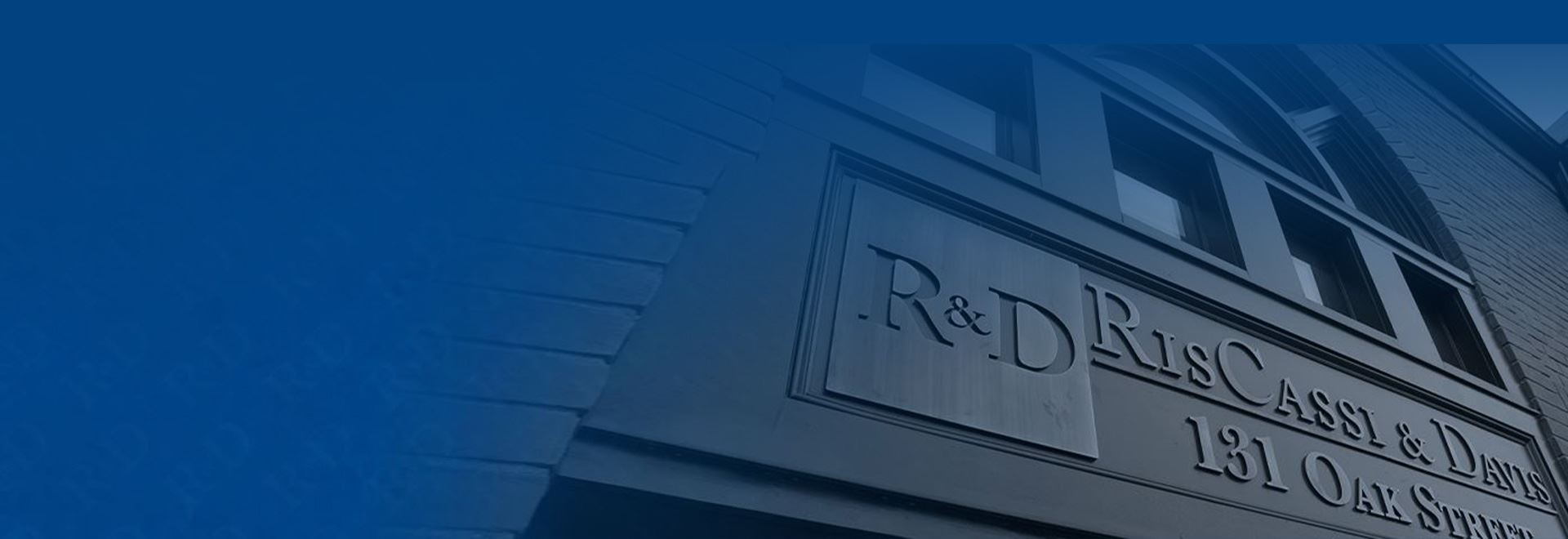There are nearly six million car crashes in the U.S. each year, with about half of them resulting in some kind of injury and a quarter requiring immediate hospitalization. While we previously examined some of the most common injuries after a car crash, it is equally important to understand what kind of car crashes are most likely to cause injuries or worse.
To help explain, let’s examine three of the most dangerous kinds of car crashes.
Overlap Crash
Partial overlap with a static object describes crashes where the vehicle does not strike a static object (like a wall or a barrier) straight on. Rather, it clips the object and, in doing so, dramatically increases the damage done to the vehicle, especially at high speeds. In an overlap crash, the force of impact is concentrated in a small space when it would normally be spread out across the vehicle. That part of the car takes in far more damage than it normally would, regardless of its design.
Cars are engineered with “crumple zones,” sections of the vehicle designed to absorb the force of impact. A well-designed crumple zone can absorb roughly 25% of the damage from either the front or the rear. However, when all that force is concentrated in one place (as in the case of an overlap), the force is so great that crash is likely to be severe, if not catastrophic regardless.
Side-Impact
Side-impact crashes (also called T-bones) are deadly because drivers don’t benefit from the crumple zone. If the approaching vehicle impacts with a door that has someone behind it, the crash will likely be much more severe.
Keep in mind that while T-bones make up just 10% of all car crashes in the U.S., they account for 20% of car crash fatalities. For that reason, it’s a good idea to have a car with side airbags, as they can reduce injuries from these crashes by upwards of 25%.
Additionally, vehicles with high ground clearance (like SUVs and pickup trucks), could also be at risk of a rollover. When enough force is put on the side of a car, it can roll onto its side and may roll several more times. In those situations, anyone inside the car is extremely likely to experience broken bones, spine injuries, and other blunt force trauma.
Head-On Collision
Head-on collisions are extremely dangerous, with about half resulting in at least one fatality. That’s because the force of impact you’d normally have in a crash is doubled by the force of the oncoming vehicle.
If you were driving at 60mph and were hit head-on by a vehicle of the same size, it would be similar to being in a crash at 120mph. In these crashes, the force of impact is so great that the crumple zone does little to absorb damage. The front of the vehicle will often fold in, which can lead to severe leg injuries and dramatically increase the risk of broken bones.
Head-on collisions are most common at night due to both decreased visibility and drunk drivers. That’s because intoxicated drivers tend to veer toward lights, even if they come from approaching vehicles. If you ever see a car driving in the wrong lane at night, pull onto the shoulder and turn off your headlights. It just might save you from a catastrophic crash.
If you or someone you love were seriously injured in a crash, we can fight for you. If you’d like an experienced Connecticut accident attorney from RisCassi & Davis, P.C. to evaluate your case, don’t hesitate to call us at (860) 245-2412 or send us an email!

